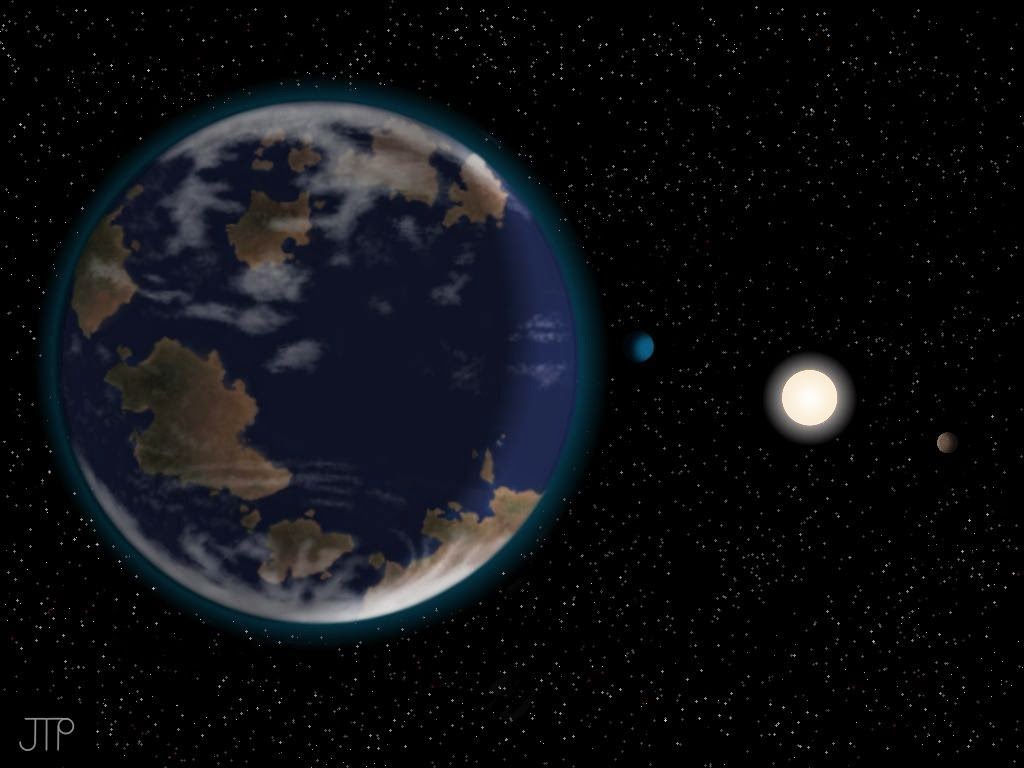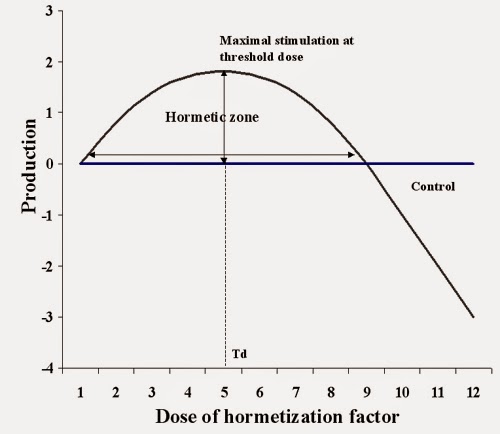We talked about Kepler 78b, the rocky
hellscape that likely formed in the center of a star (or…somehow, researchers still
aren’t sure.) That was one of our first entries last year, you can read that
here (The Planet that Should Not Be: Kepler 78b). We also discussed HD 106906b that
formed so far away from its parent star that scientists have no clue as to how
it came about either. (HD 106906b: The Avant-Garde of Planetary Formation.)
Science
is all about proving and disproving theories, but lately there seems to be far
more disproof than better understanding. The newest of which to join the ranks
of scientific head-scratchers is Kepler 10c. Located 564 light-years away in
the Draco system, this rock giant has thrown yet another wrench in the spokes
of planetary formation.
Last week we talked about Space Medicine,
Nazis, and the Habitable Zone. This week we’re heading deep into space to a…less
hospitable environment. We’re going to talk about the current state of the
Kepler Satellite, this super-giant rocky world, and what scientists are
planning for the future of space exploration.
But first, what’s the deal with Kepler?
You Had ONE Job
Kepler…
Launched in 2009, the Kepler space
observatory had one mission: find hospitable planets out there in the galaxy,
and find as many as possible. Five years later, Kepler has not only outlived
expectations, but it has discovered far
more planets than we initially had thought it would. With almost 1,000
confirmed exoplanets in over 400 star systems, with another 3,200
possibilities, Kepler was truly a remarkable piece of equipment.
I say ‘was’ not because it crashed or
exploded or anything like that. The Kepler Satellite is still floating around
out there about forty million miles from Earth, but it’s not exactly up to par.
It seems, its prolonged exposure to the universe has weighed heavy on its solar
powered soul and the $550 million dollar satellite has been looking into
retirement plans.
In early 2013 the reaction wheels on the
satellite went out. This is bad because those wheels don’t work like the ones
on your car, they aren’t for landing. They’re for visual attenuation. They work
like a flywheel in space, keeping the spacecraft from burning fuel whilst
allowing researchers to dial it in on specific points in the galaxy.
They allow for a spacecraft to make
micro-adjustments. This is extremely important because when you’re searching for
a needle in the proverbial planetary haystack it pays to have a an accurate
magnifying glass to poke around with. These wheels keep the spacecraft aligned
with whatever object it’s looking at on the horizon. Without them, the
slightest shift could send the picture spiraling out of focus.
Because of this failure, researchers at NASA
have had to power down Kepler, returning it to a Point Rest State (PRS). Essentially
this is like a sleep mode for satellites. They’ve shut down all non-vital
hardware on Kepler and are keeping it afloat for now while they decide whether
to bring him home or alter mission parameters.
But just because this eye-in-the-sky isn’t
quite as spry as he used to be doesn’t mean he’s done, on the contrary, Kepler
is far from finished. Having just discovered Kepler 186f, (Third Reich from the Sun: Nazis, Space Medicine, and the Habitable Zone) so far
the most likely hospitable planet we’ve found, it’s proving that even with
manual thrust and some complicated mathematics on the part of astronomy teams,
he still has much, much more to show us.
Enter, Kepler 10c, the rocky Earth-like
super-giant.
“That’s a Huge ‘Disc’”
Current theories of planetary formation tell
us that once a rocky planet gathers the mass of ten Earth’s it becomes a gas giant,
(I’m sure Galactus got backed up too after eating too many worlds…) but
apparently no one remembered to send an email out to Kepler 10c. This giant is
17 times the mass of Earth. Yeah, that’s right…just let that sink in for a
minute. This planet is seventeen times
bigger than us! That’s huge.
Because of its size, Kepler 10c has found
itself in a class all of its own, called a “Mega-Earth”. The reason it’s such a
big deal is that originally, astronomers had thought a rocky planet would max
out its size by the time it reached ten times the mass of Earth. The reason
being is that the disc it was forming from would use up all of the solid
material in the area and would resort to using gases such as helium and
hydrogen. These gases aren’t very compressible, meaning they don’t become solid
matter as the planet spins and forms. Because of this, planets this large would
form atmospheres similar to Jupiter and Neptune.
Not only is this a shot to planetary
formation, it also throws a wrench in the formation of stellar systems as a
whole in the search for extraterrestrial life. Astrobiologists had originally
ruled out ancient stars as being able to host rocky planets because astronomers
had assumed that heavier elements that make up rocky planets like carbon,
oxygen, and silicon were much less abundant than they are today. Kepler 10, the
star that Kepler 10c orbits, is around 11 billion years old. In contrast, our
star, the sun, is only 4.6 billion, just an astrological adolescent really.
This forces them to extend their search for
life into other regions of the galaxy previously thought to contain only
gaseous bodies. As we mentioned before, the Kepler satellite is down for the
count. So how do scientists propose we look into space again to discover new
planets? And Kepler was great, but it couldn’t distinguish between rocky Terra
worlds, like Mars and Earth, and Jovian, like Jupiter and Neptune, worlds very
well.
Well, I’m here to tell you NASA has a
solution to both.
And it sounds like a new Transformer.
Starshade. Autobot or
Decepticon?
Looking like something straight out of
Michael Bay’s concept art room, the Exo-S, or, Starshade, is a unique dual part
satellite NASA is looking into. Aside from sounding like something a Dragonball
Z character would yell out before an attack, the Starshade has one very
important function, to block and redirect incoming starlight so a camera can
capture a much clearer and more precise photograph.
The problem with current telescope technology
is that it has difficulty finding planets against the backdrop of a star. Ever
tried to catch a baseball that’s found its path directly in front of the sun?
It usually results in a base-run, a black eye, and a possible concussion. The
same rule applies to space. If you want to see something clearly, you have to
block out the sun.
Currently there are two proposed ways to
accomplish this. The first one, the Starshade, is a two part telescope system.
The first part is a massive panel that will block the light around the
satellite so as not to interfere with the photograph, the second part is a
telescope with a much higher resolution threshold than Kepler ever dreamed of.
The second proposition is a telescope with shape changing mirrors inside.
Sara Seager of MIT is one such dreamer. She
has proposed the Exo-S. The dual satellite system will employ a 34-meter-wide,
sunflower shaped disk that will float some distance away from the satellite
itself. The purpose of this petal formed parachute isn’t to slow the satellite
down, but to filter starlight in specific patterns so as to minimize glare on
the images, and allow us to capture better, brighter, pictures of exoplanets as
they orbit around their star.
The biggest benefit of Sara’s design is that
it doesn’t require a complex and extremely expensive telescope to accompany the
Starshade. Sara says that it will only need a telescope about one centimeter in
diameter. However this would be impractical for scientists to build and it will
likely be just over a meter across. This is still less than half the diameter
of the Hubble, which is quite a large deal.
A separate proposal, called Exo-C goes in the
complete opposite direction of Sara’s design. It would require an extremely
complex design as opposed to the simplicity put forth by the Exo-S. The Exo-C
relies on something called Adaptive Optics, or shape-changing mirrors. It would
also require a Coronagraph, a small light-blocking disk, to work in tandem with
the mirrors.
The coronagraph was implemented in 1931 by
the French astronomer Bernard Lyot. The way they work is by creating a sort of
superficial solar eclipse within the telescope by blocking out the star so that
only the corona is observable. No, we’re not talking about the same Corona you
drink on a white beach during a Caribbean cruise; we’re talking about the aura
of light surrounding a star.
With the main source of light being blotted
out, the aura would provide just enough residual light for astronomers to pick
out orbiting planets more easily. Not only that, but they would be able to more
clearly distinguish between which ones are gas giants and which ones are rocky.
No longer will we have to wait three years like we did with Kepler 10c to
discover that not only do they exist, but what kind of planet they are.
While both designs are in their interim
stages, both plans have to be submitted to NASA in full detail by 2015 so
engineers can decide which project to go with. Regardless of which one they
choose they both have pros and cons. The Exo-C would be highly expensive to
build, but it would be far more maneuverable. The Exo-S would certainly be more
wallet friendly, but the amount of calculations and precision accuracy that
would go into steering both the satellite and the Starshade at the same time
would be difficult to say the least.
Either way, NASA plans to start building one
of them by 2017, and hopefully, by 2024, we can get a much closer glimpse at
the fat cats floating around the intergalactic domains.
-
Ryan
Sanders
Thanks for reading!
If you enjoyed the article feel free to share it around on Twitter and
Facebook! And if you would like to know more about any of the topics discussed
above today, follow the links below! Happy Learning everyone!
















.jpg)
















